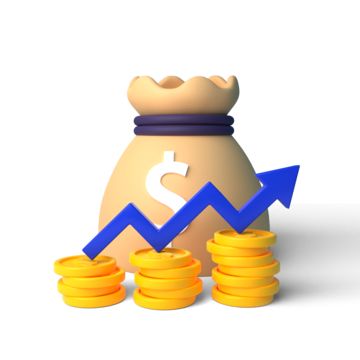Needless to say, we as Canadians have all been deeply concerned about the implications of a possiblity 25% USA imposed tariffs on our lives and livelihood’s. The uncertainty of this is stressful for all of us. As recommened we should always whenever possible to try and put aside enough funds for 3 months living expenses. While this may be onerous for for many of us it is a good protection against “Black Swan” events such as these. I recall during the COVID pandemic the Country of Greece actually severely restricted the amount of cash that could be withdrawn from bank accounts. Having actual cash on hand for such events can be quite a valuable asset. Remember, we as Canadians have many choices from which countries we may purcahse products from. Making an effort to support Canadian manufacturers and producers supports OUR economy. Furthermore there are a myriad of products that can be obtained from non-USA sources. Look for these products when Canadian eviquvalents are not avaiable.



